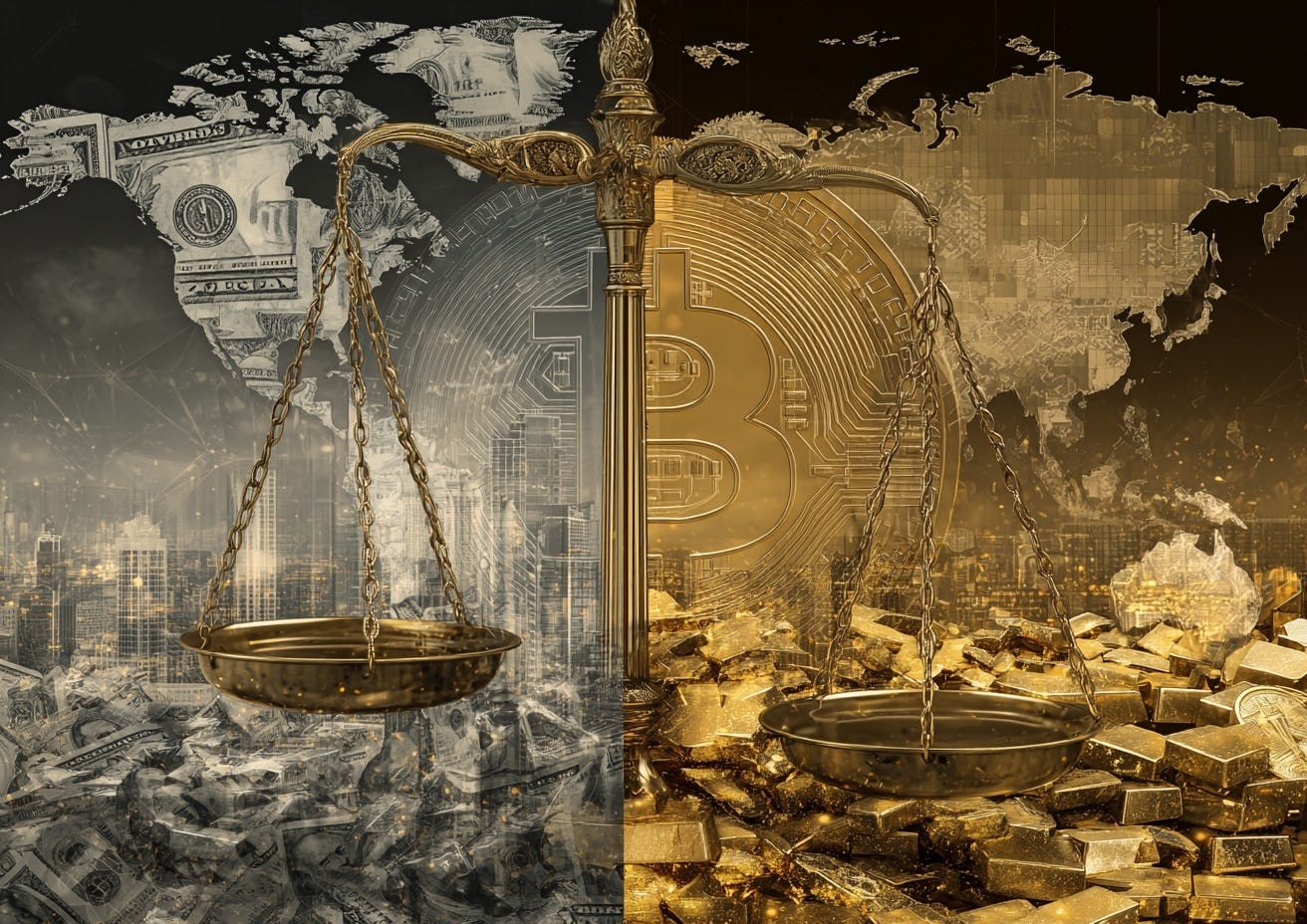Podcast Episode Details
Back to Podcast Episodes
Breaking the Exorbitant Privilege: The Coming Monetary Revolution
There is a video version of this article to view here:
There is a shift of enormously significant proportions taking place. In magnitude it will prove as significant as Bretton Woods in 1944, when the dollar became the de facto global reserve currency, and the Nixon Shock of 1971, when the US abandoned the last vestiges of its gold standard.
This shift is going to shape the global financial landscape over the next few years. You need to understand what is happening, so that you can position yourself and your family.
You may even be able to profit handsomely from the transition.
Today we explain US dollar policy: what is going on and, more importantly, where it is all going.
Ready? Here goes.
The Manufacturing Imperative and The Curse of the Reserve Currency
America wants to bring manufacturing back on shore. We all know this. US President Donald Trump has said it repeatedly, his VP JD Vance has said it, and so has his Treasury Secretary Scott Bessent, who keeps reminding us that it is now time to prioritise Main Street over Wall Street.
Part of the reshoring of US manufacturing involves tariffs, as we know all too well. Part of it involves weakening the US dollar to make US exports more competitive. Again Trump, Vance and Bessent have all said it.
However, there is a problem, and that problem has a name: Triffin's Dilemma.
You might think it's an advantage to issue the global reserve currency. You can issue dollars. Everyone else has to work for them. The French called it "America's exorbitant privilege." But this was a status the US engineered for itself during the Bretton Woods Agreement that determined the monetary order at the end of World War Two.
What has happened, however, is that it has made the US fat and lazy, especially since 1971 when the US abandoned the ties of the dollar to gold.
To supply the world with dollars, the US must run trade deficits. That is to say it must buy more than it sells. Persistent trade deficits have, over time, eroded its industrial base. Factories and jobs have gone offshore. Foreign nations have used their profits to invest in US capital markets and its debt. Meanwhile financial markets - aka Wall Street - have grown and grown, as America financialized.
The Trump administration gets it in a way its predecessors did not. Vance has actually called the dollar's reserve status a "tax" on American producers.
What's more, as this process has continued, the credibility of the dollar itself is being called further into doubt.
Trump wants to revitalise America's Rust Belt. But there is more to it than that. As the curtains pulled back with Covid, the extent to which the US has been operating with its trousers down was exposed: an excessive dependence on China and its supply chains for too many strategically essential products, especially related to health, tech and the military.
Then, during the Ukraine conflict, NATO found itself unable to match Russian production. The US, in short, is struggling to produce critical goods. It's why Trump keeps harping on about rare earth metals. It is vulnerable.
The answer is to engineer a "managed decline" of the dollar as global reserve asset.
The Golden Exit Strategy
This was already happening organically. China, for example, has been reducing its holdings of US treasuries for ten years now - quite gradually - although its US dollar holdings remain above $3 trillion.
Meanwhile, China - and many other countries along the Silk Road besides - have been increasing their gold holdings, and quite dramatically. (In my view China has at least four times as much gold as it says it does. You can read more on this in my book). The pro
Published on 1 month, 1 week ago